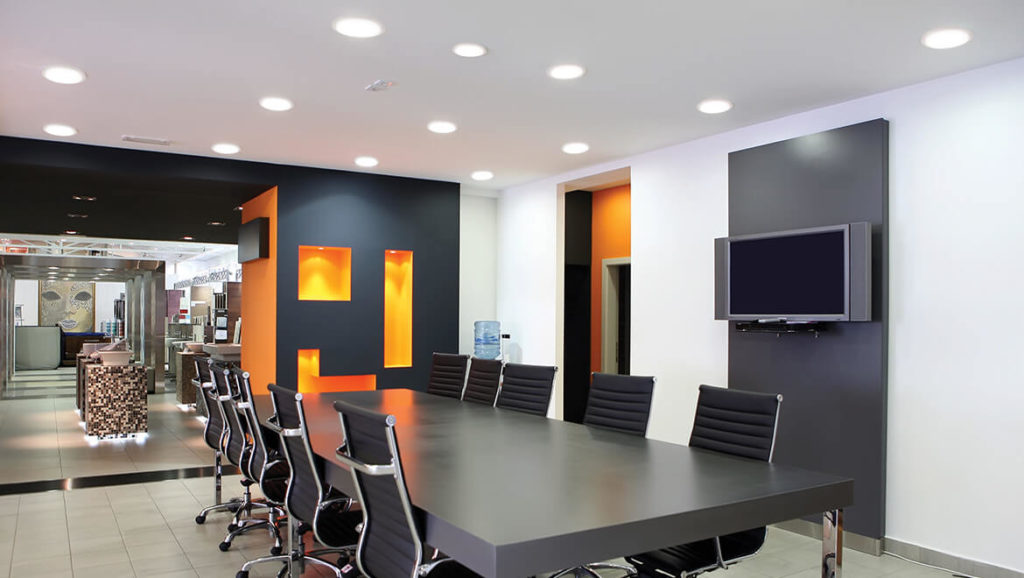Benefits of LED lights in large industries
Benefits of LED lights in large industries
LED lighting has swept the market of conventional lighting, and is doing the same for industrial installations of all bands. Long life. Reduced energy consumption Less maintenance In 2030, the Department of Energy estimates that LED lighting could save 190 terawatt-hours of electricity per year, equivalent to a whopping $ 15 billion. And to top it all, the purchase prices of lamps and accessories continue to fall, which helps an increasing number of facility managers to update their LED lighting.Benefits of LED lights in large industries
1- Energy efficiency
LEDs use approximately 40 to 70 percent less electricity than traditional incandescent, fluorescent, and halogen lighting options, leading to substantial energy cost savings. These savings are combined in applications where the lighting is on for long periods of time. In addition, LED devices can focus light hemispherically, or in specific directions, unlike conventional bulbs that emit light (and wasted energy) spherically in all directions. This directional capacity reduces the loss of light and energy, contributing even more to saving.2- Long life
Unlike incandescent lighting, LEDs never "burn", they simply dim over time. Quality LEDs have a nominal life of 100,000 hours at L70, or at least 70 percent of the initial light output, depending on the lamp and the device. LED systems can reduce the labor used in the replacement of light bulbs due to their long service life in commercial and industrial environments, helping to reduce overall maintenance costs.3- Durability
Further contributing to the reduction of maintenance costs, LED systems are difficult. Without filaments or glass cabinets, LED fixtures are resistant to breakage and are largely immune to vibration and other impacts, which means they are perfectly adapted to the industrial environment.Traditional lighting is usually contained in a glass or quartz exterior, while LEDs are mounted on a circuit board and connected with welded wires that may be vulnerable to direct impact, but no more than your smartphone.


Comments
Post a Comment